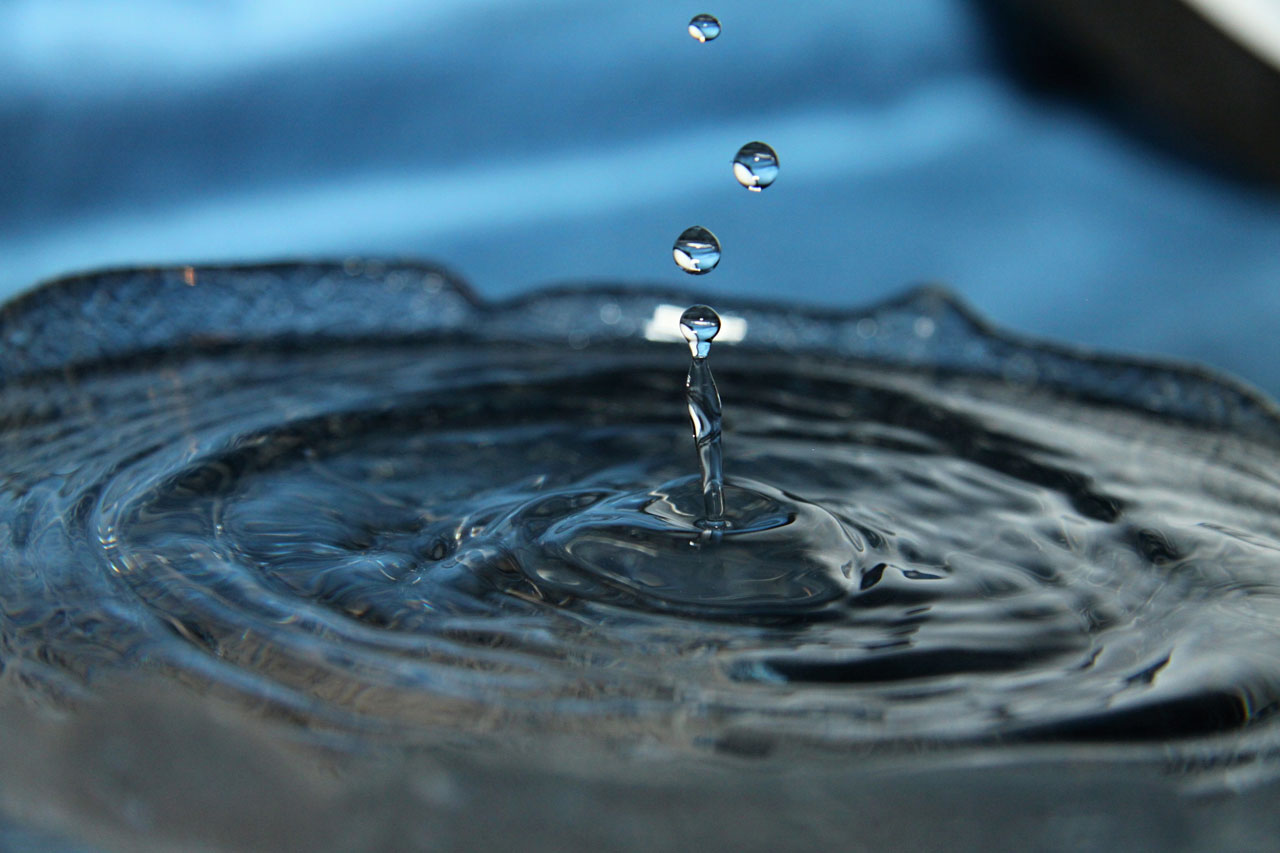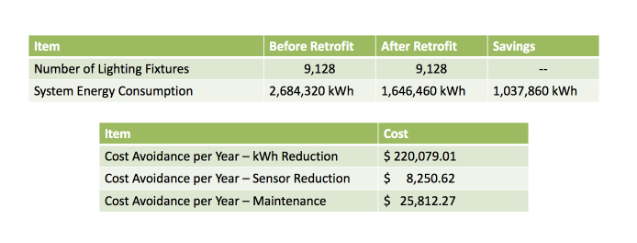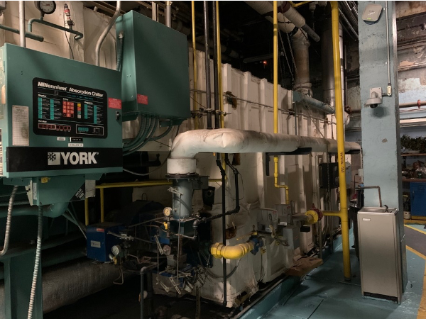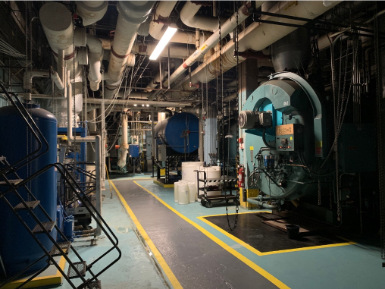Energy

Teachers College is committed to slow climate change through energy efficiency
According to the US Energy Information Administration, in 2018, buildings accounted for over 68% of the increase in total energy-related U.S. carbon dioxide emissions. The greatest contribution to CO2 emissions from buildings in the US is from consumption of fuels for heating and cooling and indirect consumption of fuels for end-use electricity (ex. Lighting or charging devices). Energy-related consumption is considered one of the greatest contributors to greenhouse gas emissions.
One of the critical goals outlined in New York City’s OneNYC 2050 sustainability plan is to address energy consumption and promote use of more renewable energy in order to cut greenhouse gas (GHG) emissions. Strategies to cut GHG emissions in NYC include both improving energy transmission and growing community solar programs. As part of a sustained effort, New York City has been able to “cut greenhouse gas (GHG) emissions by 17% below 2005 levels amid significant population and economic growth”.
At Teachers College, the Office of Facilities Management is advancing energy efficiency through improvements in lighting, heating and cooling. This important work has positive implications to our operating and maintenance cost, and indoor air quality.
Additional Resources
Learn more about energy, IT, and possible resources for your curriculum:
- USGBC K-12 Curriculum Exploring Sustainable Energy Use
- Green Energy Challenge Curriculum K-12
- NYC Solar 1 Green Design Lab
- https://drive.google.com/open?id=1itZpgmVCo3j7HGRlQ4_unqSQvcDjheYK
- National Wildlife Federation Energy and Climate Change Curriculum K-12
- See what TCIT is doing to help the TC community stay eco-friendly and cyber-secure!
Get involved in NYC Community Initiatives:
New York City’s drinking water is known for its high quality and taste. In 2019, the City’s water supply system provided more than 1 billion gallons of safe drinking water every day to more than 8.4 million residents of the City. The City’s Department of Environmental Protection is partnering with other city agencies, institutions of higher learning, and businesses to help conserve water. To learn more about New York City’s water, click here and here.
Water is a crucial resource for everyone and is part of our daily lives. Aside from our homes, water is essential at places where we work and study too. At Teachers College, we use water for making coffee at the TC Cafe, cooking at Dining Hall, washing our hands in bathrooms, heating and cooling classrooms throughout the year, and for student residents to shower and cook.
At Teachers College, water-efficiency and water conservation is a significant priority. Water-efficient practices and technology are widely implemented across buildings. Below are a few examples of the College's efforts.
Water

Teachers College is committed to water-efficiency and conservation practices.
Additional Resources
Learn more about water and possible resources for your curriculum:
- What is the difference between water efficiency and water conservation?
- Energy Star Top Five Ways to Save Water
- Calculate Your Water Footprint
- Using Water Wisely Resources
- EPA WaterSense
- Teachers Resources for Water Education
- Where does teaching about water fit into the curriculum? - Carleton College
Get involved in NYC Community Initiatives:


